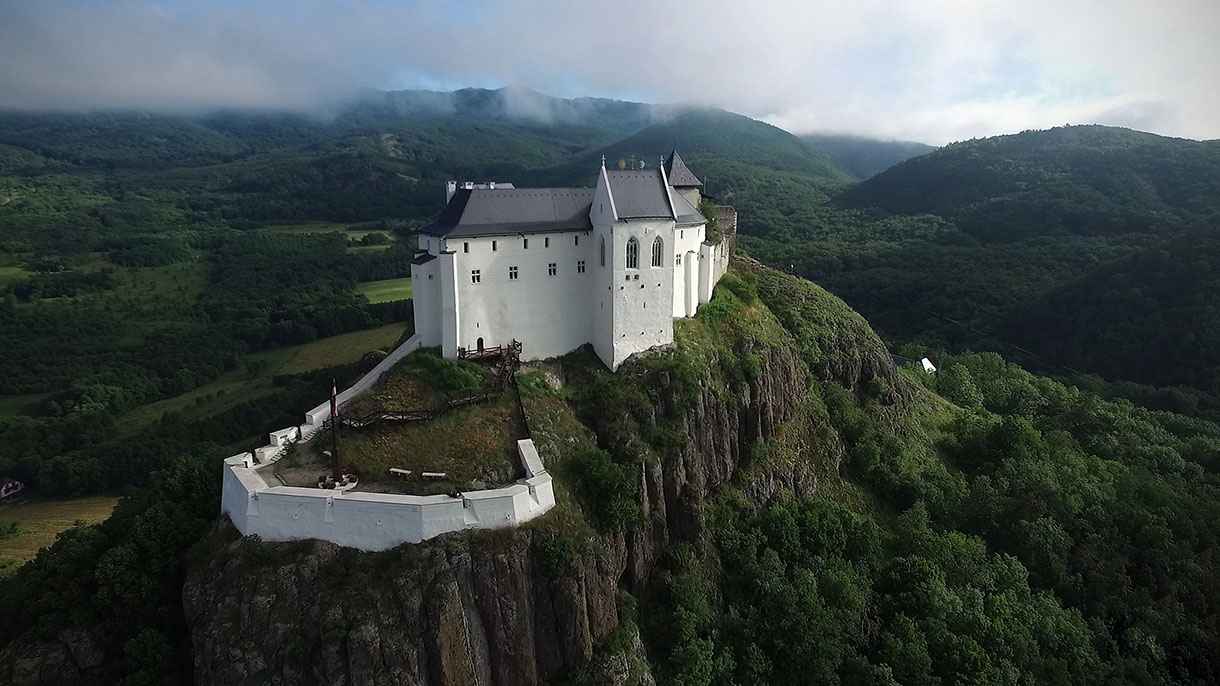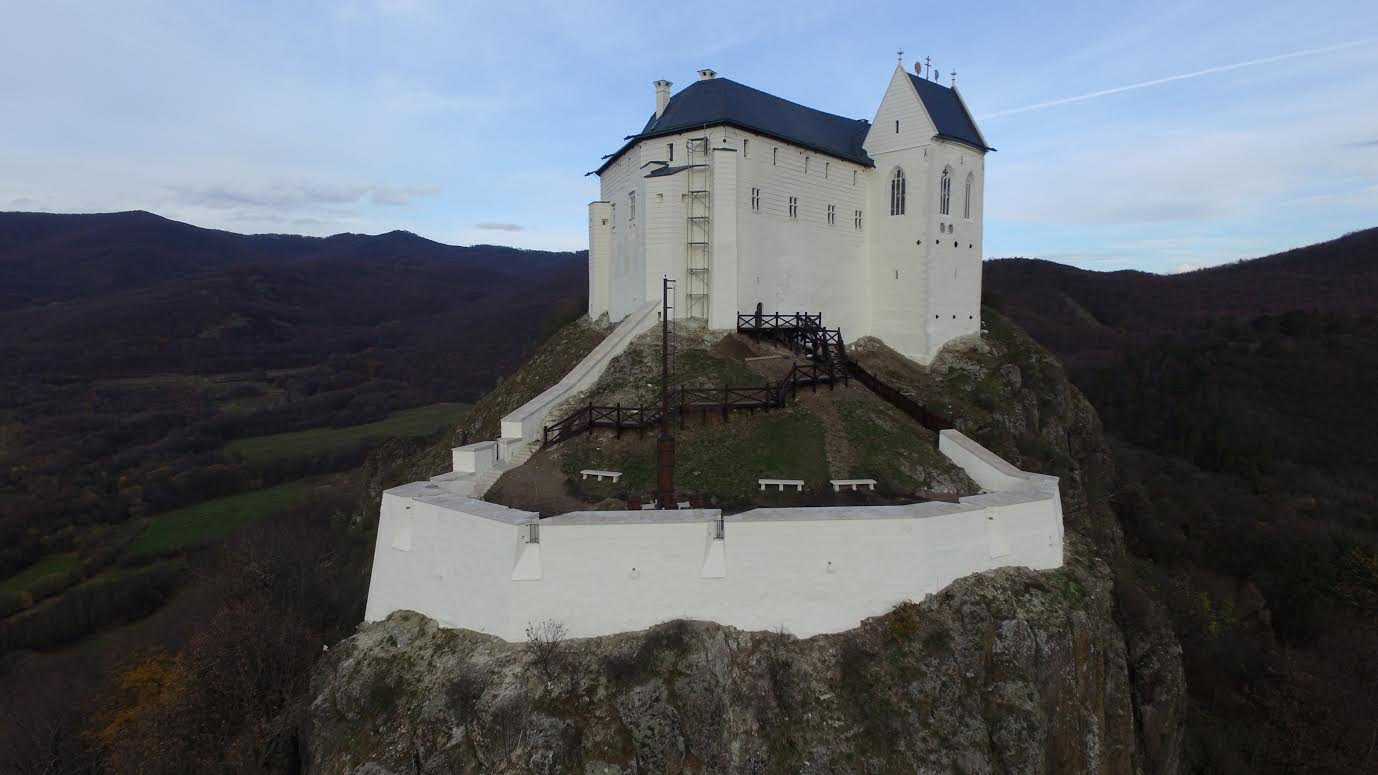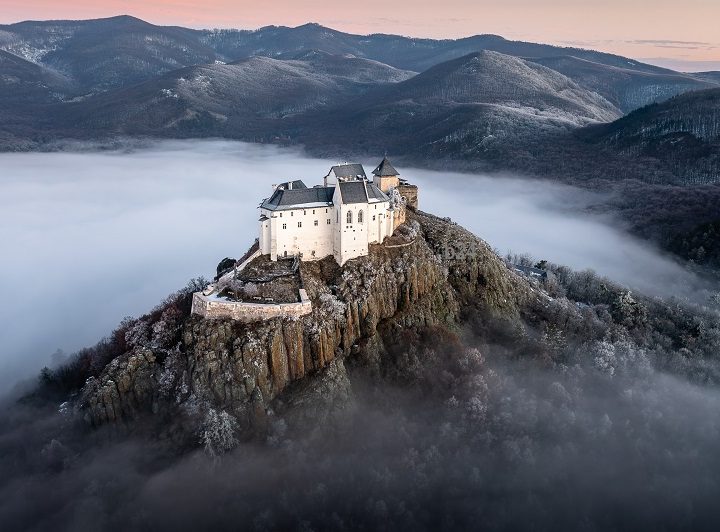Füzér Castle
Füzér Castle, an iconic fortress perched high on a volcanic hill, offers a captivating glimpse into Hungary’s medieval past. Renowned for its dramatic location and remarkable history, this castle is among the oldest and most scenic in the region. Visitors are drawn to its stunning architectural details and panoramic views, making it a treasured site for historians, tourists, and castle enthusiasts alike. This article provides an in-depth exploration of Füzér Castle, from its origins and historical significance to its present-day status.
Location of Füzér Castle
Füzér Castle is located in the Zemplén Mountains in northeastern Hungary, near the Slovakian border. Its elevated position at 552 meters above sea level allows it to dominate the surrounding landscape, offering breathtaking views of the rolling hills and dense forests below. The castle lies within the small village of Füzér, which is part of the Borsod-Abaúj-Zemplén County. This remote yet accessible location enhances its charm. It allows visitors to immerse themselves in the tranquil beauty of Hungary’s countryside while exploring a piece of its medieval heritage.

The History of Füzér Castle
The history of Füzér Castle stretches back to the 13th century. This was a period marked by the need for fortified structures to defend against invasions. It is believed that the castle was constructed around 1235, making it one of Hungary’s oldest stone castles. Initially built to serve as a defensive stronghold, its strategic position enabled it to guard trade routes and protect local settlements.
The castle gained prominence in 1526, following the Battle of Mohács, when it became the temporary repository of Hungary’s Crown of St. Stephen. This historical event underscores the castle’s importance in Hungary’s political and cultural history. Throughout the centuries, Füzér Castle changed hands numerous times, belonging to noble families such as the Perényi and Rákóczi families.
During the Ottoman era, the castle played a crucial role in resisting invasions. However, by the late 17th century, it began to lose its strategic importance. A significant blow came in 1676 when the castle was ordered to be destroyed by imperial forces, leaving it in ruins. The abandonment of Füzér Castle marked the start of its slow decay, with nature reclaiming much of its structure over the centuries.

Current status
In recent decades, significant efforts have been made to restore Füzér Castle, preserving its historical value and reviving its architectural splendor. Today, visitors to the castle can experience a blend of original medieval features. Modern reconstructions further provide insight into its past grandeur.
The castle complex now includes several reconstructed sections, such as the chapel, living quarters, and defensive walls. The Gothic chapel, in particular, stands as a highlight, showcasing intricate details that reflect its religious and cultural significance. Exhibitions housed within the castle explore various aspects of medieval life. These range from the daily routines of its inhabitants to its role in Hungary’s turbulent history.
Füzér Castle is not merely a historical relic; it serves as a cultural hub that hosts events, educational programs, and medieval reenactments. These activities aim to bring history to life and engage visitors in an interactive manner. Surrounding the castle, the natural beauty of the Zemplén Mountains provides opportunities for hiking and exploring. This enhances the overall experience for those who visit.
Admission
Community features
Castle features
Video
Location
Official website
Featured listings














